We may earn money or products from the companies mentioned in this post. This means if you click on the link and purchase the item, I will receive a small commission at no extra cost to you ... you're just helping re-supply our family's travel fund.

Traffic tells a city’s story, and sometimes that tale is chaotic. Insurance studies, police reports, and transportation audits routinely spotlight places where crash rates, speeding, and risky habits cluster. Weather, tourism, and road design all play roles, as do long commutes and patchy transit. What this really means is that some destinations demand extra patience from everyone around them. Here’s the thing: understanding the patterns behind rough driving helps explain why certain cities feel tense behind the wheel.
Baton Rouge, Louisiana
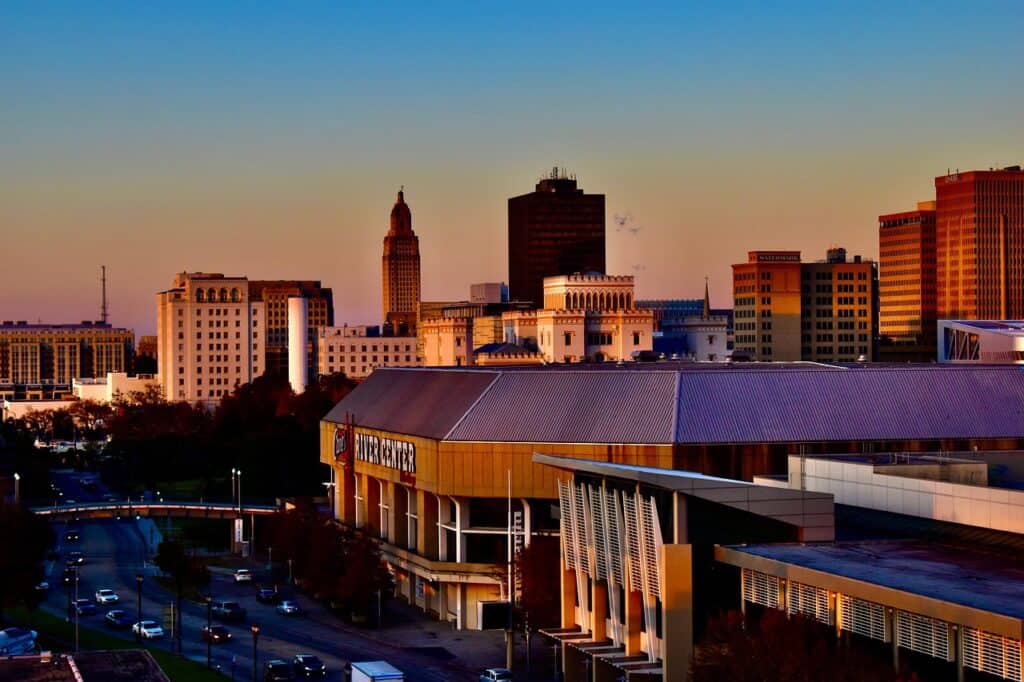
Baton Rouge blends interstate choke points with local arterials that change speed limits quickly, and that mix rattles drivers. Frequent rain slicks surfaces, while short merge lanes punish hesitation. Insurance data often flags high crash severity relative to population. The culture of corridor construction lingers, so temporary lane shifts come and go. Taken together, the city’s rhythm rewards awareness and punishes rush. Locals know the peaks well, but visitors often learn them the hard way.
Orlando, Florida
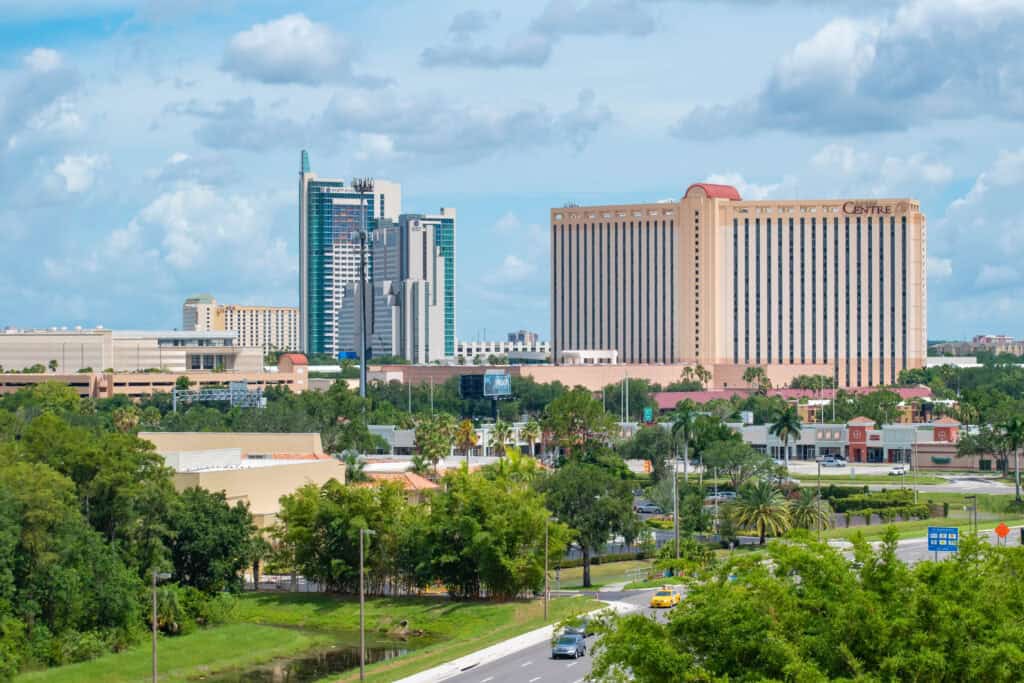
Orlando’s roads juggle commuters, theme park traffic, and delivery fleets moving on tight schedules. Lanes swell near attractions, then compress without much warning, which encourages last-second lane changes. New arrivals rely on navigation prompts that come a beat late, leaving drivers drifting across solid lines. Storm bursts in summer erase visibility, then vanish. Tow trucks and troopers move fast, but the churn returns by afternoon. It’s a city where patience outlasts horsepower every time.
Jacksonville, Florida
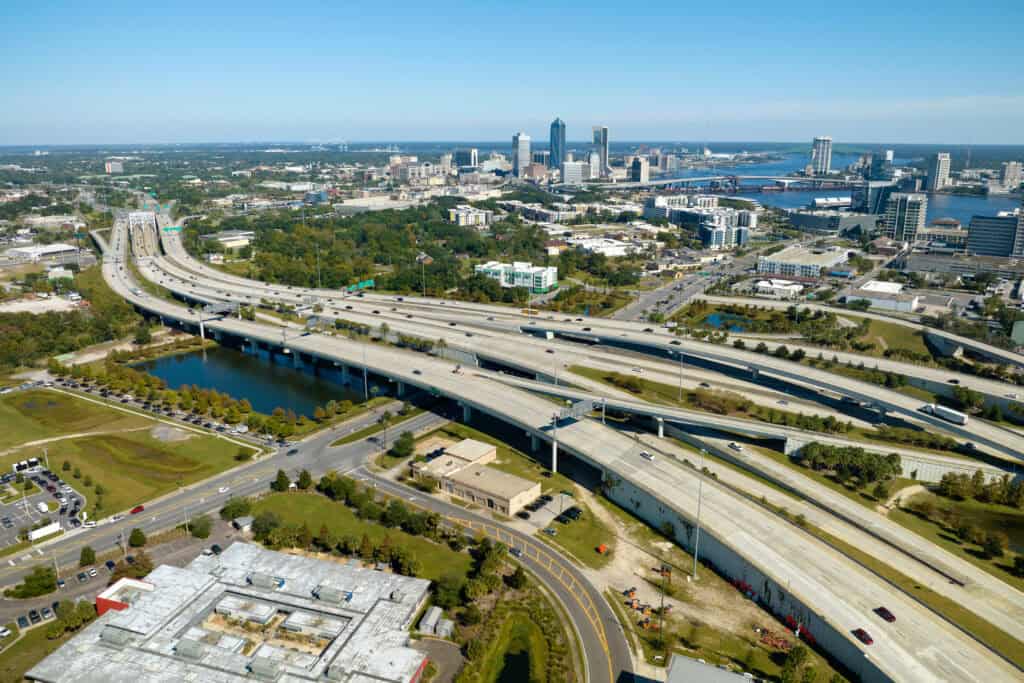
Jacksonville is vast, with long bridges, maritime corridors, and neighborhoods stitched by high-speed connectors. Distances are big enough to invite fatigue, and that invites mistakes. Sudden showers turn elevated spans slick, and crosswinds nudge lighter vehicles. Exit spacing on major routes can feel unforgiving, so missed ramps cascade into risky weaves. The port hums, the suburbs keep growing, and weekend beach runs never stop. All of it creates a steady background of minor crashes that snarl commutes.
Tampa, Florida

Tampa’s bayfront grid funnels drivers toward a few critical crossings, and when those bridges clog, everything else follows. Rapid growth brought more rooftops than right-turn lanes, so queues back into through lanes at peak times. Afternoon downpours combine with gleaming sun to create glass-like glare. Stadium events and cruise schedules add unpredictable surges. Enforcement focuses on speeding and aggressive passing, but habits are hard to break when every minute feels borrowed from the next light.
Miami, Florida
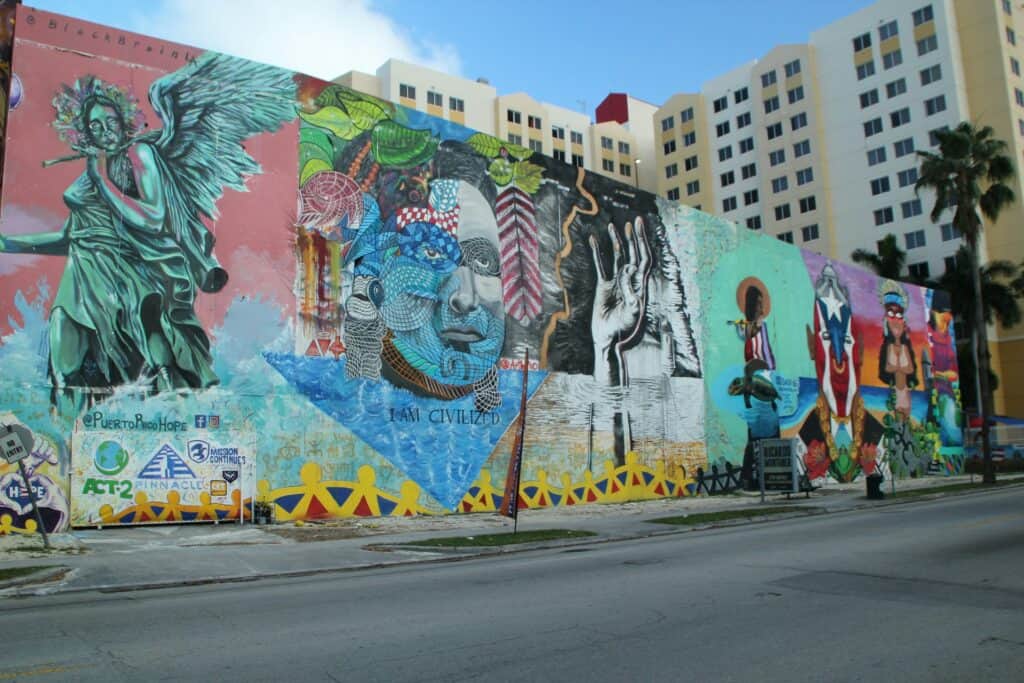
Miami’s energy shows up in traffic: tight gaps, abrupt braking, and a dance of motorcycles threading through standing lanes. Multilingual signage and varied driving norms create micro-cultures within blocks. Express lanes float above local lanes, and missing a split can cost 15 minutes, which fuels the urge to dart. Storm drains struggle during king tides, and puddles mask potholes. Nightlife keeps volumes high long after midnight, so fatigue plays a bigger role than most expect.
Hialeah, Florida
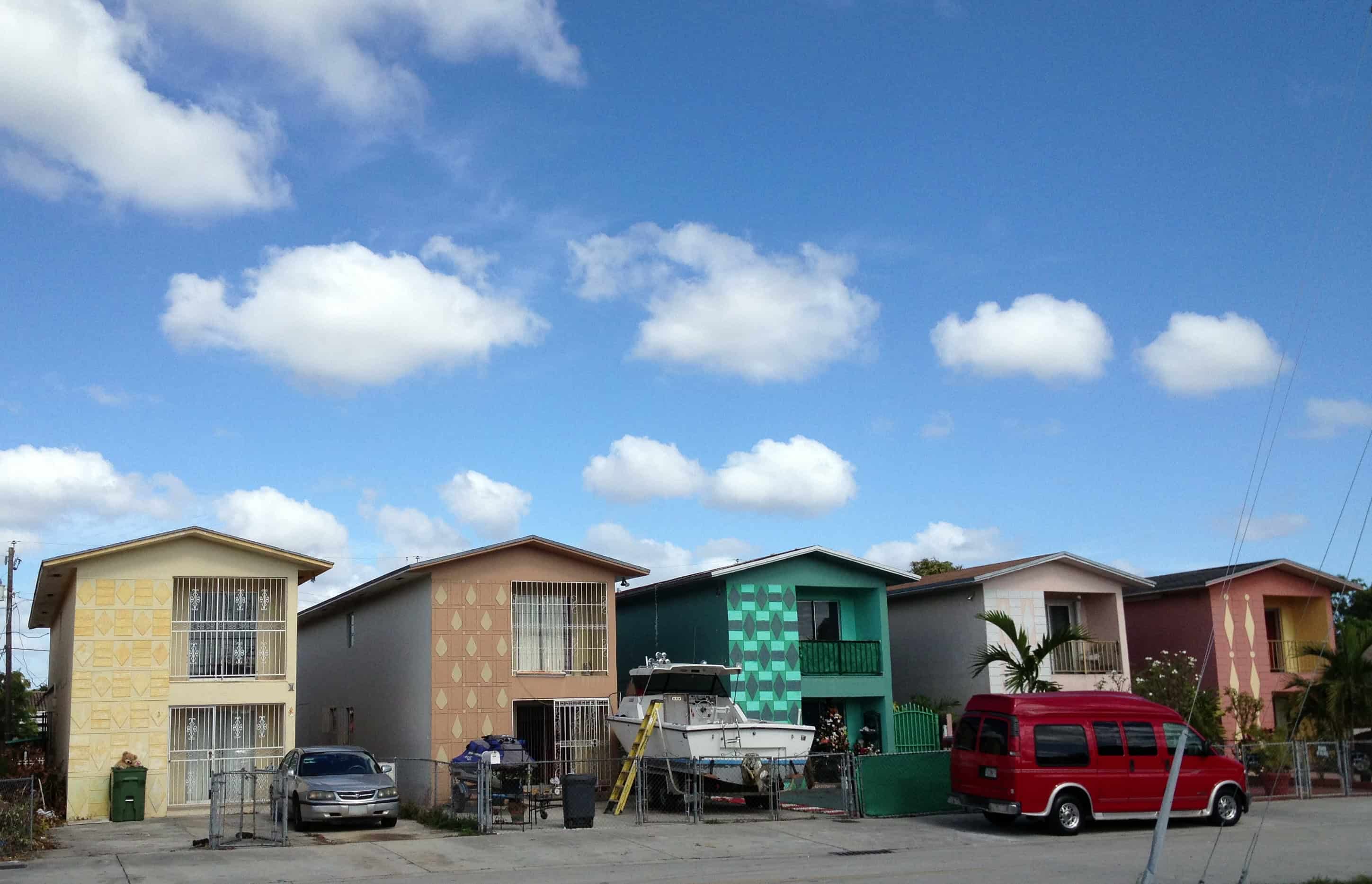
In Hialeah, dense neighborhoods and busy commercial strips squeeze too many maneuvers into short distances. Driveways interrupt arterials every few yards, delivery vans stop where space appears, and turn signals feel optional. The grid invites shortcuts that spit drivers out mid-block, so expectations break down. Low-speed fender benders are common, but they ripple outward, freezing long stretches. Add summer rain and short yellow lights, and even routine errands turn into a string of near misses.
Memphis, Tennessee
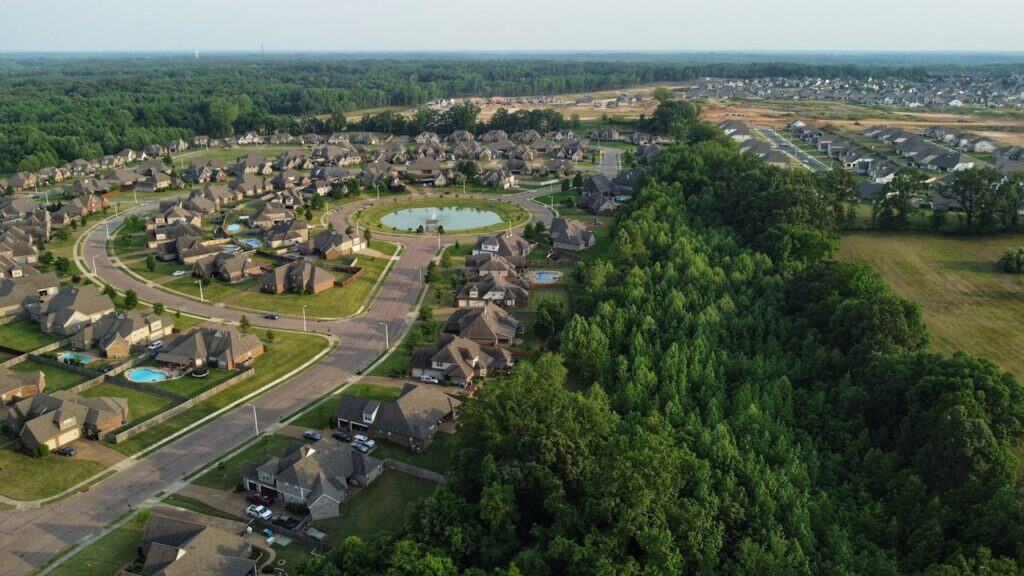
Memphis mixes freight corridors, river weather, and aging pavement into a tough driving cocktail. Tractor-trailers own certain lanes by necessity, and on-ramps sometimes give little room to join them. Overnight freezes open seams that later become holes, and sudden lane closures push drivers into conflict. Long north-south hauls encourage speeding on clear days, then fog off the water wipes out those plans. The result is a feast-or-famine flow that punishes late reactions.
St. Louis, Missouri
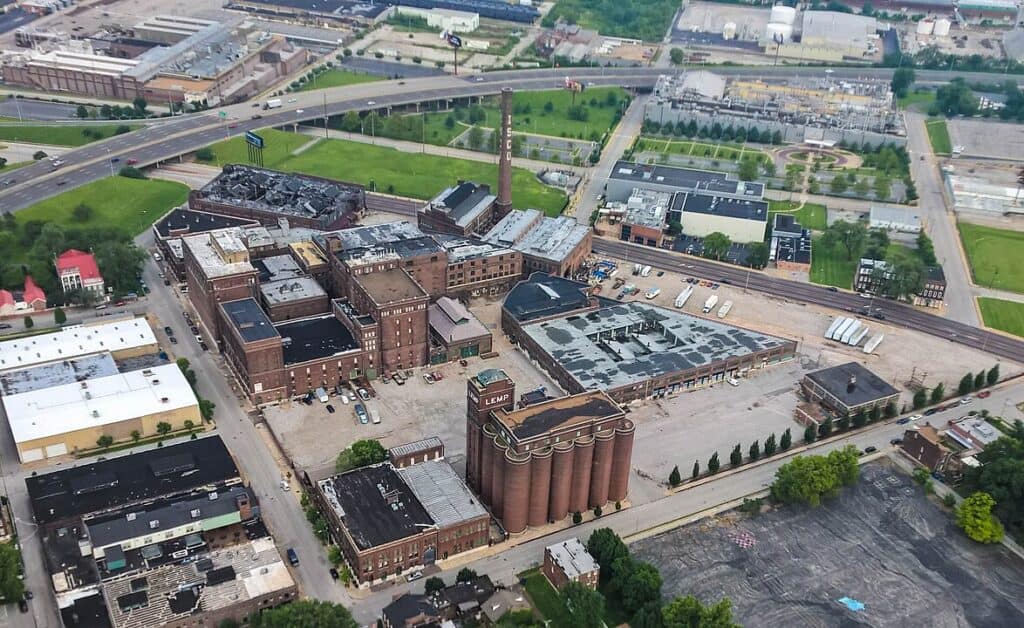
St. Louis sprawls over rivers and hills, so drivers bounce from sweeping interstates to abrupt exits in minutes. Clove-like interchanges tempt early lane changes that end up being wrong, prompting sharp corrections. Old and new signal timing do not always agree, creating awkward left turns that breed impatience. Winter brings black ice on shaded ramps, and summer brings glare bouncing off the Arch corridor. The city moves, but it never moves in one consistent way.
Detroit, Michigan

Detroit’s wide boulevards invite speed, then surprise with uneven surfaces and long lights. Construction zones appear in clusters as crews rebuild legacy infrastructure, shifting lanes with modest notice. Suburban commuters flood central arteries during sports nights and large conventions, turning routine drives into sprints and stalls. Sudden snow squalls in winter flip traction from fine to gone in seconds. When speed meets surface flaws and fatigue, drivers pay with dented bumpers and bruised plans.
Dallas, Texas

Dallas thrives on highway expansion, but every new lane attracts more cars, not fewer headaches. Complex interchanges require decisions at speed, and missed choices linger for miles. Pickup culture meets delivery vans and sport sedans, and everyone believes momentum is a strategy. Summer heat bakes oil to the surface, creating slick first minutes after rain. Enforcement and signage try to tame it, yet habit pulls drivers back to the fast lane and a late brake.
Houston, Texas
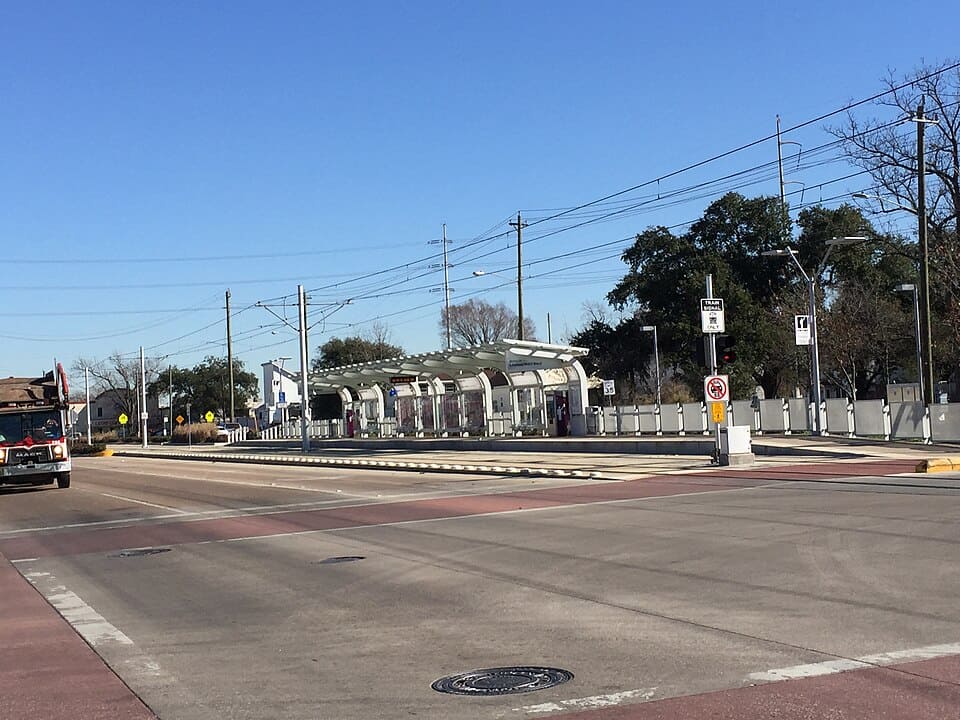
Houston’s loop-and-spoke system looks elegant on a map, then throws five lanes of reality at drivers. Flood control work and routine construction spin cones into their own traffic network. Long commutes coax risky lane splits, while sudden cloudbursts pool underpasses and hide stalled cars. Freight, energy, and medical center shifts overlap in clumps, so traffic surges arrive off schedule. The region’s resilience is legendary, but daily driving still tests tempers and reflexes.
Albuquerque, New Mexico
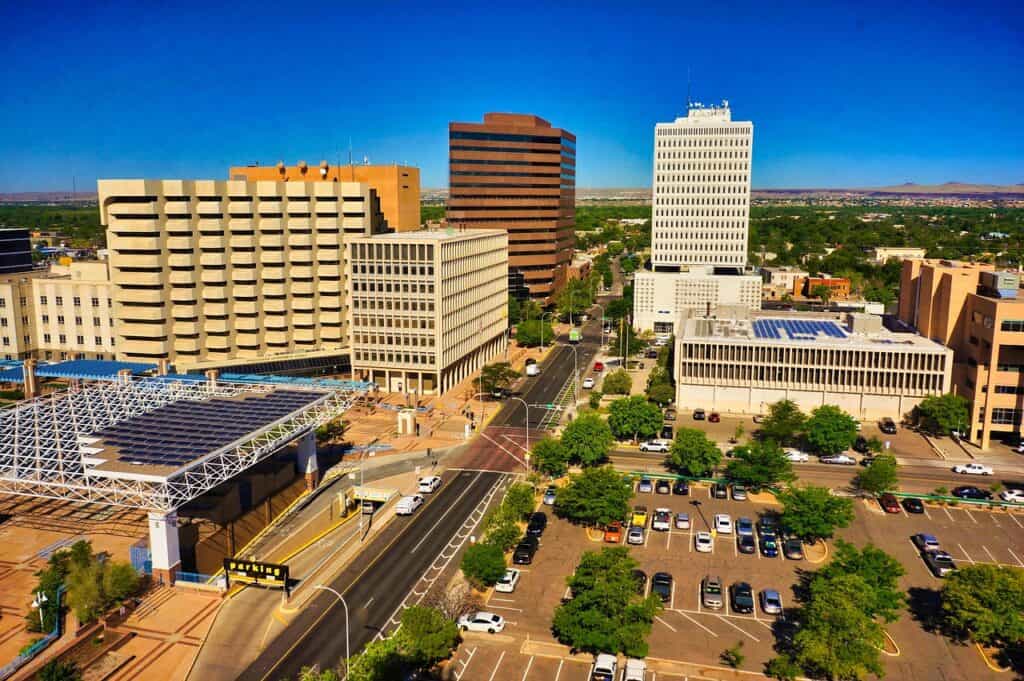
Albuquerque’s open sightlines encourage speed that outpaces changing conditions. Crosswinds arrive without ceremony, and dust can drop visibility fast near the edges of town. Some corridors see persistent red-light running and hard braking at camera-watched intersections. Night driving adds wildlife to the hazard list, turning minor mistakes into major incidents. With long stretches between services, stranded vehicles linger, and rubbernecking becomes inevitable. The city’s calm horizons can mislead, but the risks stack quickly.
Bakersfield, California
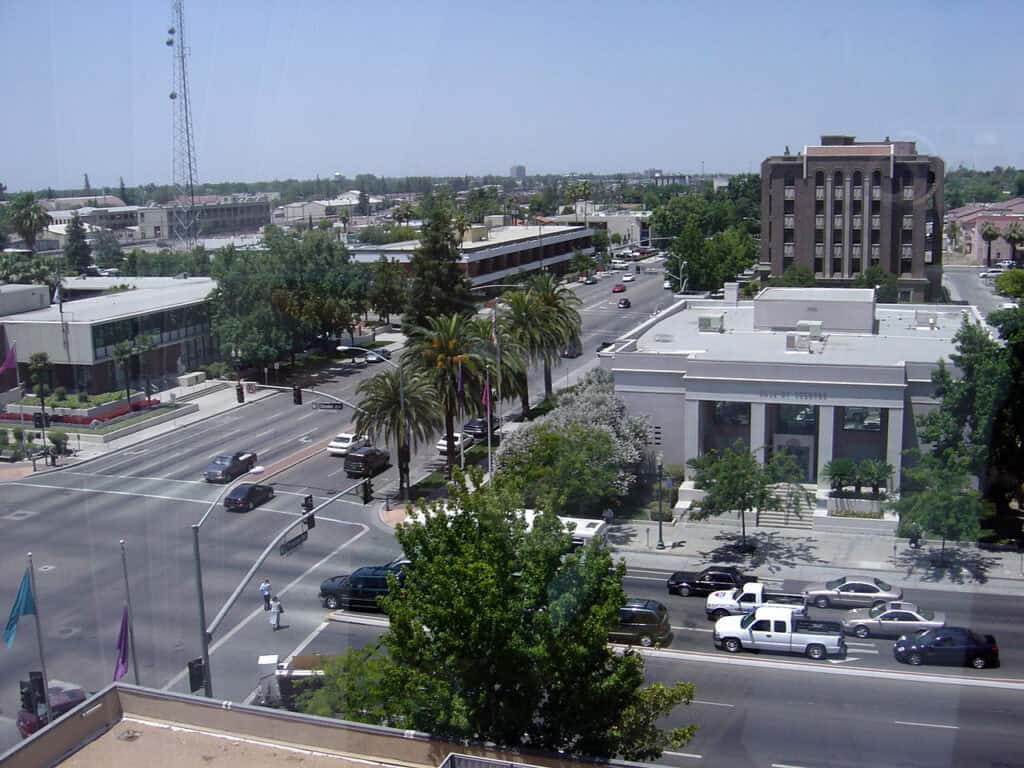
Bakersfield sits at a crossroads for agriculture and freight, and that means heavy trucks meet impatient commuters daily. Rural arterials transition to fast multilane roads with limited barriers, so left turns feel braver than they should. Summer heat shimmers above the asphalt, blurring gaps that look bigger than they are. When harvest peaks, equipment and pickups spill onto connectors at the same time. The result is a steady drumbeat of preventable scrapes and close calls.